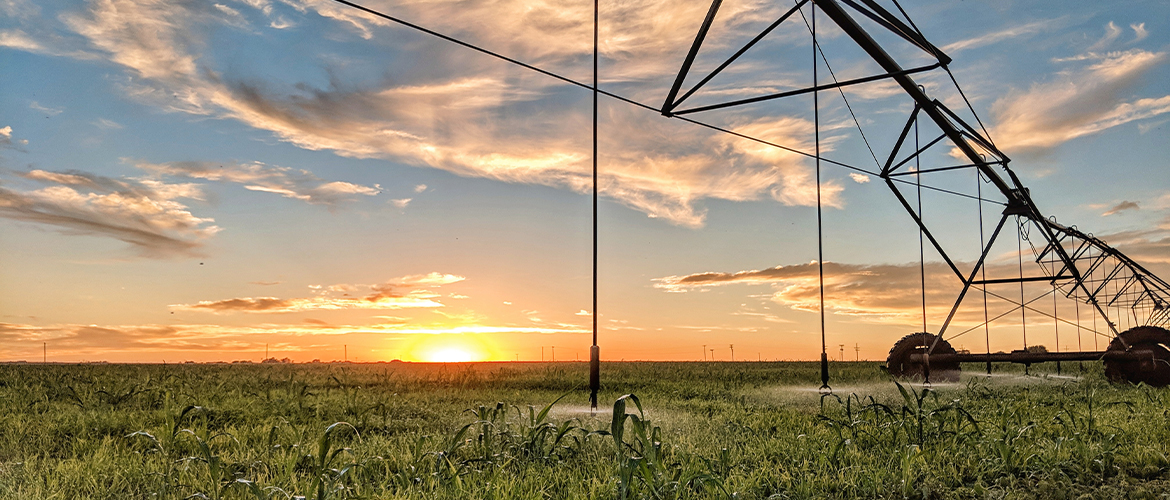Sustainability, at its simplest, is all about using resources wisely so our communities and planet can thrive for generations to come. Much of the discussion around sustainability has centered on topics such as carbon footprints, greenhouse gas emissions and the environmental impact of food production. But what if sustainability means so much more?
What Does Sustainability Mean to You?
When it comes to food, what makes it sustainable? The definition of sustainability will likely be different for each of us. To get an idea of what it means to you, you can try asking yourself these questions:
- Will it keep your body healthy by providing good minerals, vitamins and other nutrients?
- Will it sustain your family while fitting into the weekly budget?
- Will purchasing the item support your local economy?
- What is the environmental impact of this food – water and land use, greenhouse gas emissions, etc. – from farm to table?
- How does the company I’m supporting through the purchase of this item give back to the community?
The list of questions can go on. The bottom line is that sustainability is a loaded term with great variability in how we define it. In fact, to us, it means more than a carbon footprint. Sustainability means considering the environmental impact of a food while also bearing in mind the food’s nutrition and affordability – in addition to other factors like food insecurity, cultural acceptability, food waste, food safety, jobs and the local economy.
Animal Agriculture and Sustainability
To some people, the solution is to buy more produce at the farmers market, limit use of one-time plastics, compost food scraps at home, or use a reusable thermos for their morning brew. To others, the best solution is to cut out foods or even entire food groups that they believe to have negative impacts on our environment – such as meat or dairy.
Despite common misconceptions about dairy’s environmental impact, dairy farmers and their cows are, in a way, the first environmentalists. Dairy farmers employ a wide range of environmentally sound practices in support of sustainable and resilient food systems, ranging from basic manure management programs to water recycling and high-tech systems that convert cow manure to electricity. In fact, from 1944 through 2007, the U.S. dairy community has been able to produce a gallon of milk more efficiently with less resources, resulting in a 63% smaller carbon footprint for that gallon of milk today than in the 1940s.
Aside from being environmental stewards, dairy is one of the most important sources of nutrition – a key component to the larger sustainability discussion. After all, if a product is considered sustainable from a greenhouse gas perspective, yet provides little nourishment, it’s really not solving the problem.
- Milk provides nine essential nutrients in quantities that are difficult to replace through other foods. Milk naturally contains high-quality protein, calcium, phosphorus and B vitamins.
- Milk and dairy are affordable (at less than 25 cents per 8-ounce glass of milk!) and widely available and can therefore be part of the solution to food and nutrition security.
- Milk is safe. It is one of the most regulated food products – tested at multiple stages in transit from farm to table – to ensure all milk is safe, wholesome and nutritious.
Why Sustainability and Why Now?
Sustainably nourishing a global population that is expected to grow to 10 billion people by the year 2050 will require collaboration and innovative solutions across the food system. Just like most things in life, sustainability is complex and cannot be resolved with a simple solution. When considering food choices, we must look within and do our best to weigh the options. I challenge you to think about how some of the regular items on your shopping list fit into your definition of sustainability.
Learn more about dairy and sustainability.




